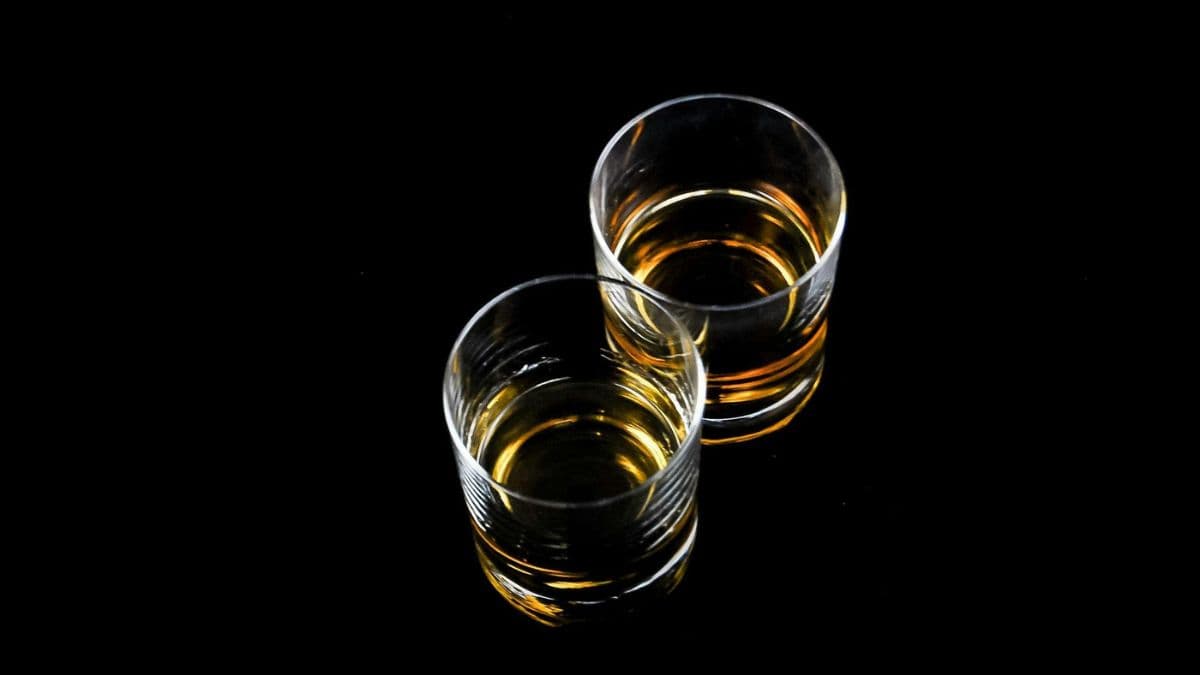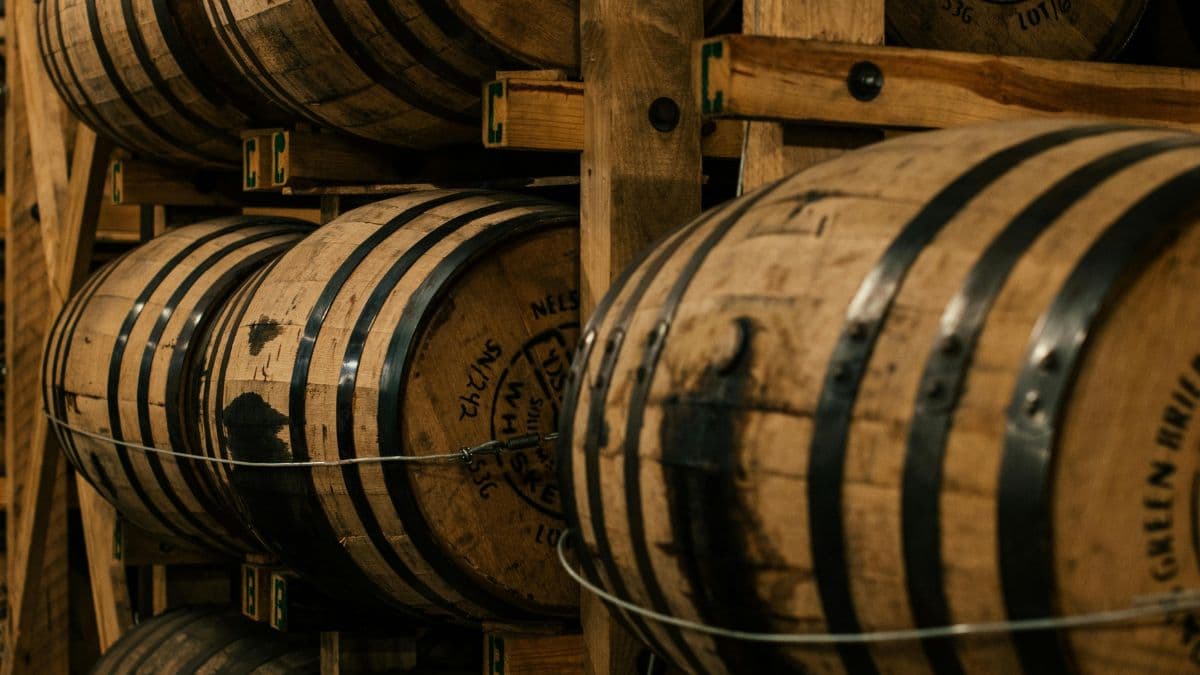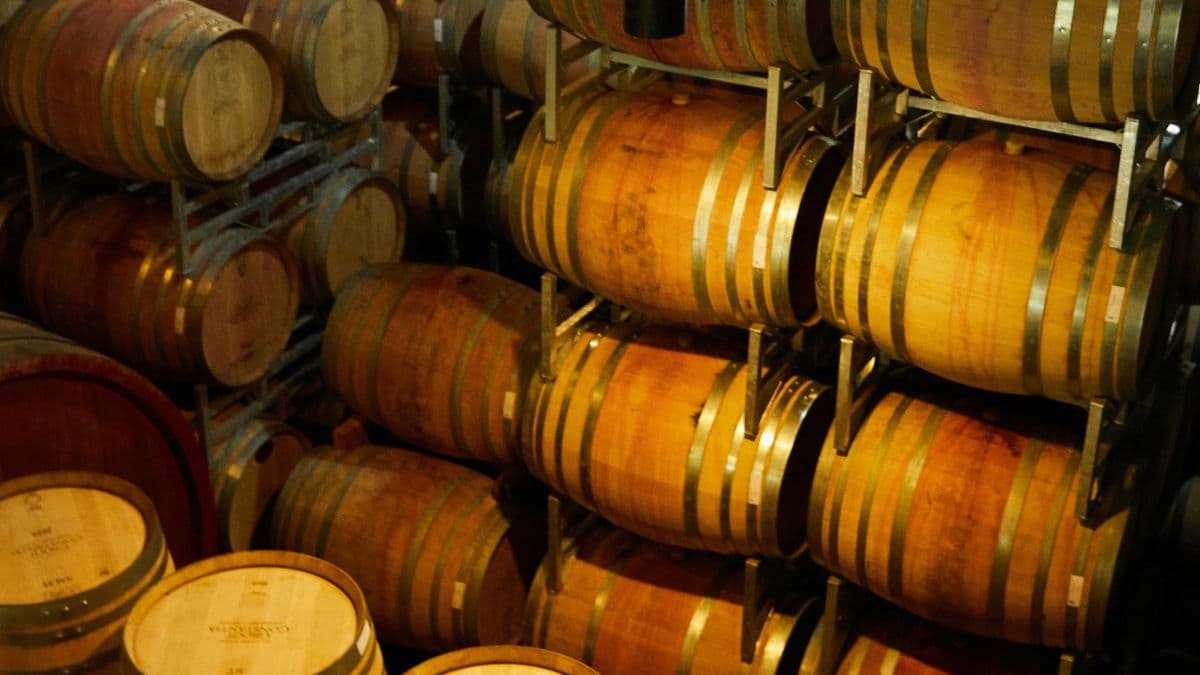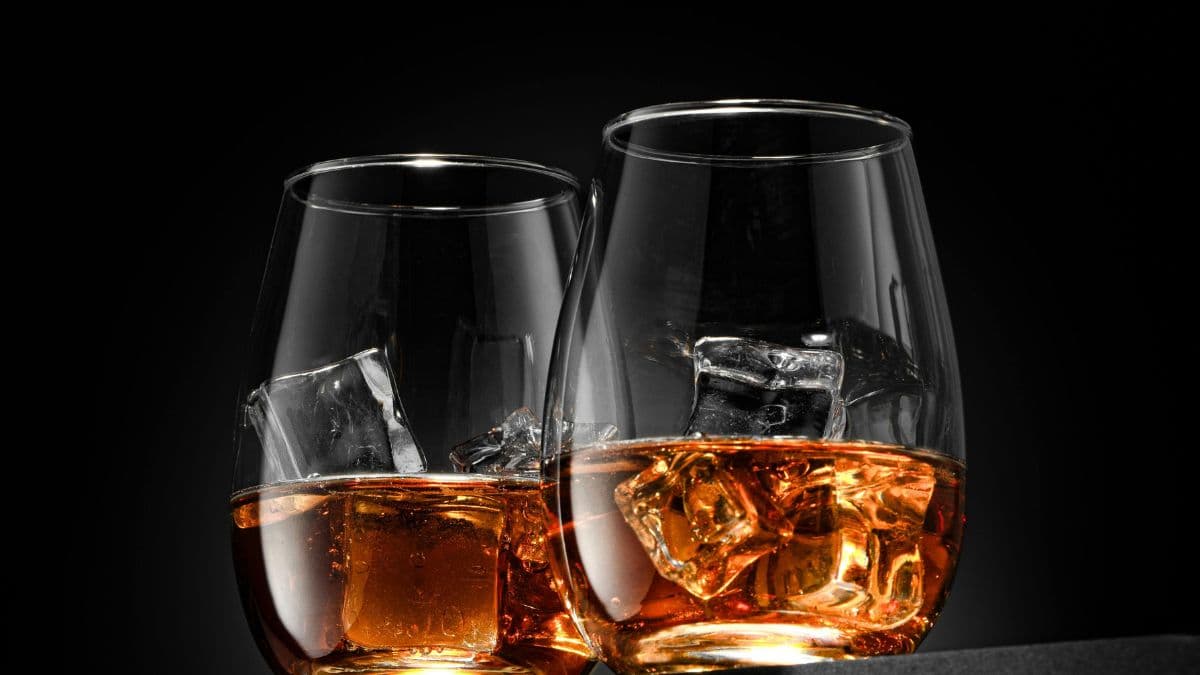Do What You Will, These 5 Myths About Whisky Just Won’t Bite The Dust
Whisky, a very deeply layered spirit has always been a point of discussion among connoisseurs of fine liquors. Whether it is the taste or the production process or the presence of this spirit in cocktails, whisky inspires a lot of discussions and explorations around its overall flavour profile.
This proliferation of whisky as a popular spirit served by itself or as a base spirit in cocktails has also led to the creation of a number of myths – and these are here to stay.
Despite a lot of research and deep dives into the makings of whisky and the nuances in its tasting notes, there remain inherent to whisky culture a lot of myths and misconceptions which seem to drive the preferences of those who are new to this world. And these myths are so deep rooted that no matter what, they simply won’t bite the dust.

Myth 1: The Older The Wiser
One of the most common myths about whisky is that the older the dram, the better it tastes and the darker it is. This means, any whisky which says it is 18 or 21 years old is definitely better in taste, colour and quality than a whisky which is just a decade old. Oh how wrong we are!
Colour and age is seldom the only marker of quality in a whisky. A spirit which has been aged for too long a period might become too oaky, too woody and too dark, thus acquiring a very musty taste. On the other hand, a whisky aged for a shorter duration, albeit in fine oak casks will carry a pronounced, deep flavour and a light amber hue with a lot of character.

Myth 2: Adding Water Spells Ruin
For many connoisseurs and amateurs alike, adding water or ice to whisky is simply blasphemous. According to them, water ruins the taste and nuance of whisky, which is supposed to be added three fingers into a rocks glass, by itself. Untrue!
Even though connoisseurs prefer to have whisky by itself, or neat, it must be known that adding a splash of water or just one or two ice cubes brings forth the subtle aromas in the spirit. This addition also mellows down some of the more poignant flavour notes in the drink.

Myth 3: All Good Whisky Is Smoky And Smooth
Many whisky amateurs believe that all whisky is supposed to be smooth, peaty and smoky and carry a subtle charred edge. When these tasting notes and textures remain absent from certain whiskies or blended malts, they are in for sheer disappointment.
After all, this is one of the most common myths surrounding the tasting notes of whisky. It is only peated whiskies that come from the Highlands which carry an iconic taste that comes from peat moss. Other whiskies such as the bourbon or rye whisky for instance, have slightly more pronounced sweet flavours and many Indian whiskies have consistent floral tastes, far from the earthy, smoky notes of a peated Scotch. Moreover, many of these whiskies have a textural nuance that takes away some of the smooth finish to leave a robust, raw note that is nonetheless a marker of good quality.
Also Read: Why Godawan Single Malt Whisky Makes For The Perfect Gift This Festive Season

Myth 4: Whisky Comes Only From The Highlands
A big, big myth that retains its presence particularly among whisky amateurs is that this spirit is made only in the Highlands. Of course, outstanding whisky is produced in Scottish distilleries but other regions have also come up with their own premium quality whiskies which carry diverse flavour nuances.
Most times, this myth is interlinked with the concept of Scottish malt whiskies, or single malts, that tend to signify higher quality and more sophistication. However, although single malts have a distinct, elevated taste of their own, excellent whiskies are also produced across the world in countries like India, Japan and America.

Myth 5: You Can’t Mix Single Malt
Taking off from the previous myth, many amateurs believe that single malts spell higher quality and therefore should be had by themselves. It is true that single malts are produced using malted barley distilled at a single distillery but they are still a blend of multiple casks.
What’s interesting is that the quality of whisky is often associated with blending, or the lack thereof, but blending whiskies is also an art. And the more well-crafted the blend, the better its tasting notes. So, although single malts are different from blended Scotch whiskies, when they are well-made, both offer just the same amount of complexity when added to cocktails.
Drink Responsibly. This communication is for audiences above the age of 25.




